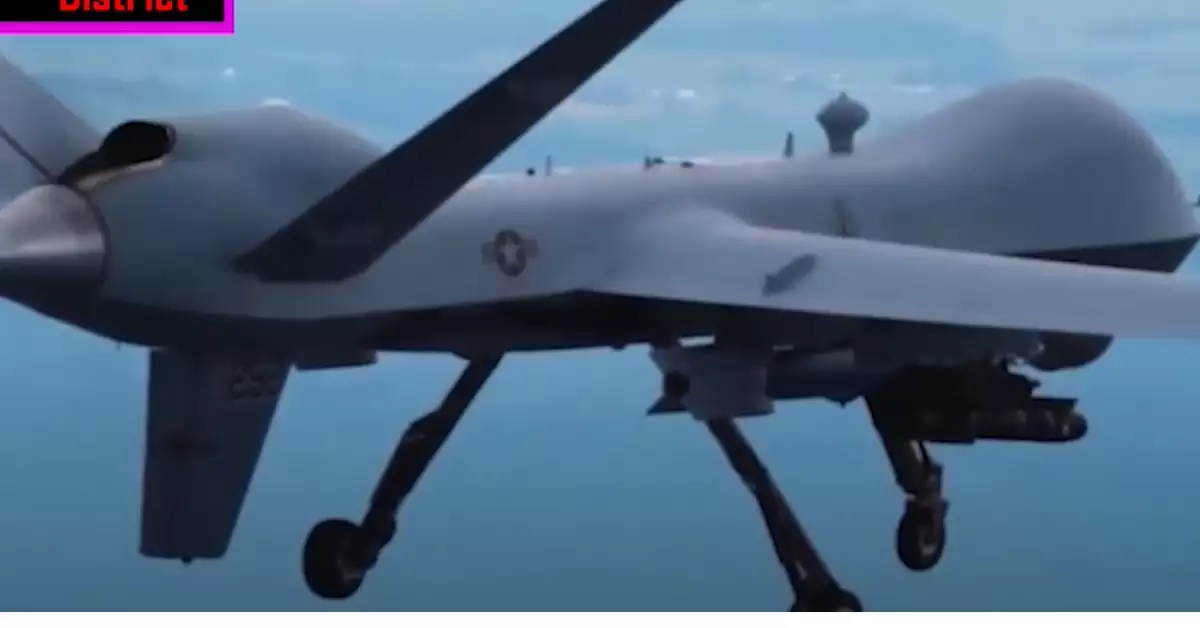Drones have become ubiquitous in our modern world, from amateur photography to advanced military surveillance. They provide advantages in numerous sectors including agriculture, security, and even entertainment. However, the pervasiveness of drones raises serious questions about privacy and personal space.
Hiding from drones becomes essential when safeguarding privacy or evading unwarranted monitoring. This article presents multiple techniques ranging from natural hiding tactics to high-tech solutions for effectively minimizing visibility from drones.
The technologies and tactics discussed are aimed at preserving individual freedom, maintaining privacy, and ensuring security. The landscape of drone technology is ever-evolving, making it crucial to be knowledgeable about current methodologies and countermeasures for staying out of sight.
Drone Types and Capabilities
Consumer Drones
Consumer drones have grown in popularity for recreational use and photography. These drones generally have good camera features and sufficient flight range for most amateur needs, but they may lack advanced tracking and detection capabilities.
Industrial Drones
Industrial drones often come equipped with special sensors and advanced navigation systems. These drones are optimized for specific tasks like agricultural mapping or infrastructure inspection, making them harder to evade due to their extended capabilities.
Military Drones
The pinnacle of drone technology is represented by military drones. These drones offer advanced surveillance options and even stealth features that make them particularly difficult to avoid.
Legal Aspects
Public vs. Private Space
Understanding the legal context in which drones operate can be beneficial. In general, flying drones over public spaces is more permissible than over private property. Know the difference to assess the legality of any counter-drone measures you might take.
FAA Regulations
The Federal Aviation Administration (FAA) has set specific regulations for drone usage. Violation of these rules can result in hefty penalties, both for drone operators and those taking countermeasures against drones.
Local Laws
Local laws can add another layer of complexity. Always check the laws in your jurisdiction to ensure that your actions are within legal limits.
Detection Methods
Visual Identification
The first step in hiding from a drone is to recognize its presence. Look out for drone characteristics such as shape, size, and flight pattern. Indicators of presence like a buzzing sound or distinct silhouette can alert you to a drone’s proximity.
Acoustic Signals
Listening to drone sounds is another detection method. Certain detection tools can identify drones based on the noise they make, offering you a heads-up before visual contact is made.
Electronic Footprint
Drones emit electronic signals that can be traced. Specialized apps and tools can monitor frequencies to alert you of drones in your vicinity.
Counter-Drone Technologies
Anti-Drone Guns
An emerging solution to the drone issue is the anti-drone gun. These devices incapacitate drones by jamming their control signals. However, you should be aware of the legal concerns associated with these devices as they can disrupt other electronic systems as well.
Jamming Systems
Jamming systems focus on disrupting the GPS or radio signals between the drone and its controller. These can effectively ground a drone but may be subject to regulatory restrictions.
Laser Systems
Though still in developmental stages, laser systems offer promising results. They can disable a drone from a distance but their legal status is still largely undefined.
Natural Hiding Tactics
Landscape Utilization
Natural elements can provide an excellent cover. Trees and foliage can break a drone’s line of sight. Similarly, urban structures like buildings or underpasses offer hiding spots.
Camouflage Techniques
Using natural materials like leaves or mud can mask your presence. Some specialty camo gear is designed to mimic the natural environment and can be highly effective.
Movement Strategies
How you move matters. Adopt erratic patterns to throw off drone tracking algorithms. Additionally, consider moving under the cover of nighttime for added stealth.
Low-Tech Solutions
Mylar Balloons
A cheap and straightforward tactic involves using Mylar balloons to block a drone’s visual sensors.
Smoke Grenades
Smoke grenades can create a cloud that blocks the drone’s vision. If you opt for this, be sure to follow safety guidelines to minimize the risk of fire or injury.
High-Tech Solutions
RF Scanners
For those willing to invest, RF scanners can detect drones based on their radio frequencies, allowing you to take evasive action.
Stealth Clothing
Specialized stealth clothing made from materials that reduce your thermal footprint can make you less detectable to drones equipped with thermal imaging.
DIY Strategies
Homemade Jammers
Creating a homemade jammer is a more hands-on approach but comes with its set of legal issues.
DIY Camouflage
A homemade camouflage suit can be an effective and economical option. Materials and assembly steps are usually straightforward.
Precautions and Ethics
Safety First
The hazards of counter-drone measures can’t be overstated. Misuse of jamming or laser systems could put you and others at risk.
Ethical Considerations
Balancing privacy vs. security is crucial. Always consider your intent and context before taking any counter-drone action.
Frequently Asked Questions
Are all counter-drone measures legal?
No, the legality of counter-drone measures can vary based on jurisdiction and intent.
Can drones see me at night?
Some drones are equipped with thermal and night vision capabilities, making them effective even in low-light conditions.
How can I detect a drone’s presence?
Visual cues, sound, and electronic signals are common methods for detecting a drone.
Conclusion
The advent of drone technology has raised pivotal issues concerning privacy and personal freedom. While drones offer significant advantages across various sectors, they also pose challenges that require proactive solutions.
Adopting counter-drone strategies should be done with full awareness of the legal and ethical ramifications. Ignorance of the law is not an excuse, and missteps can lead to serious consequences.
For those concerned about drone surveillance, a multi-layered approach that employs both low-tech and high-tech solutions can offer the best chances of remaining undetected.
